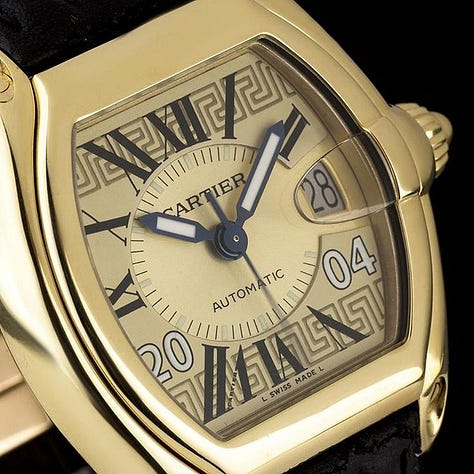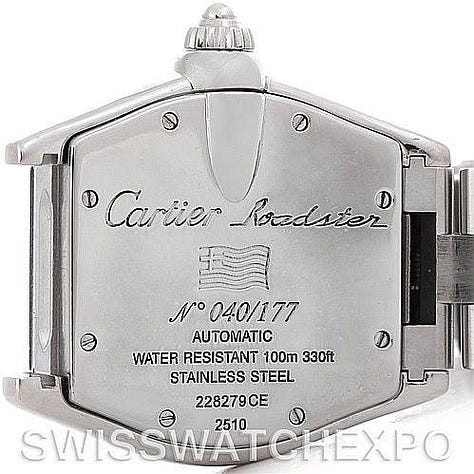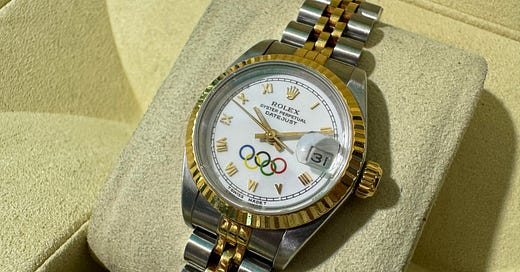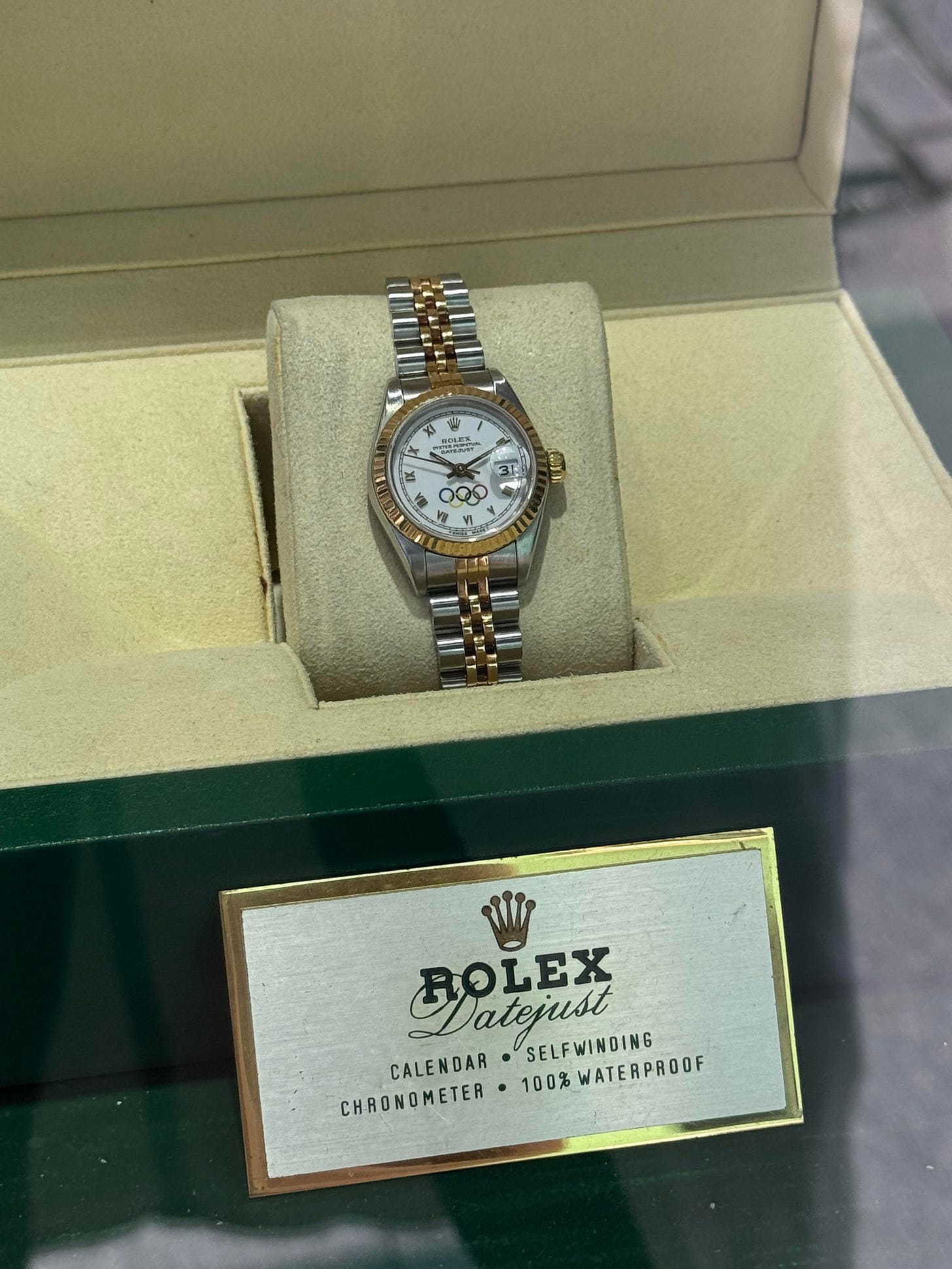Rolex's rare Olympic watches and a history of Olympic timekeepers
While Rolex has never served as timekeeper for the Olympic Games, it has produced a limited number of Olympic Datejusts that can now sell for tens of thousands of dollars
If you tuned into the Olympics these past two weeks, you probably haven’t seen Rolex at the most famous sporting event in the world, aside from on the wrists of viewers and some athletes. Instead, it’s Omega whose logo can be found everywhere and whose timepieces are being used to measure those .005 second victories. And it’s Omega who gets to release official Olympic branded watches, such as their Paris 2024 Seamaster and Paris 2024 Bronze Gold, a watch that incorporates gold, silver, and bronze in tribute to the Olympic medals.
Perhaps no other watch brand has cultivated a relationship with the upper echelon of sports than Rolex, which sponsors major tournaments and athletes across a variety of sports. But somehow Rolex has never been associated with the Olympics. With, that is, one unusual exception that resulted in a series of rare Olympic-branded Rolex Datejusts.
While Omega has been the exclusive timekeeper every Olympics in recent memory—the last 20 years, to be exact—the brand has hardly had a monopoly on the Olympics since it became the first official timekeeper in 1932. Seiko has been selected as timekeeper for the Games the second most of any brand. It was first able to win the role for the Summer Olympics in 1964 and the Winter Olympics in 1972. Seiko later returned as timekeeper for the 1992 Summer Olympics and the 1994, 1998, and 2002 Winter Olympics.
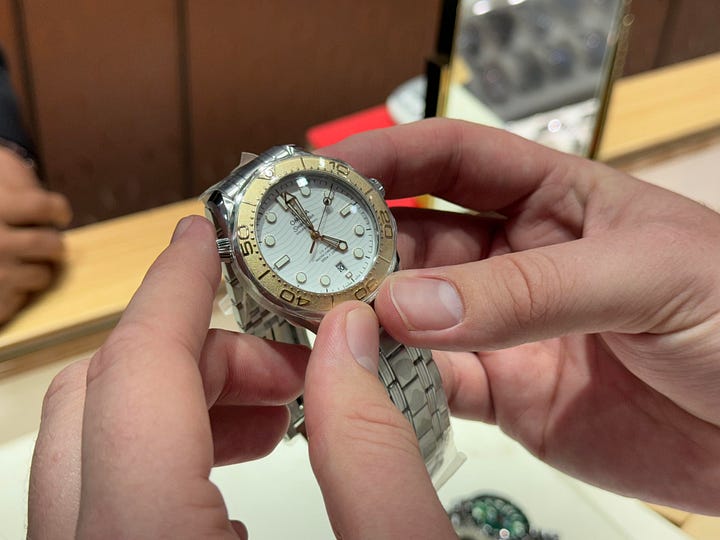
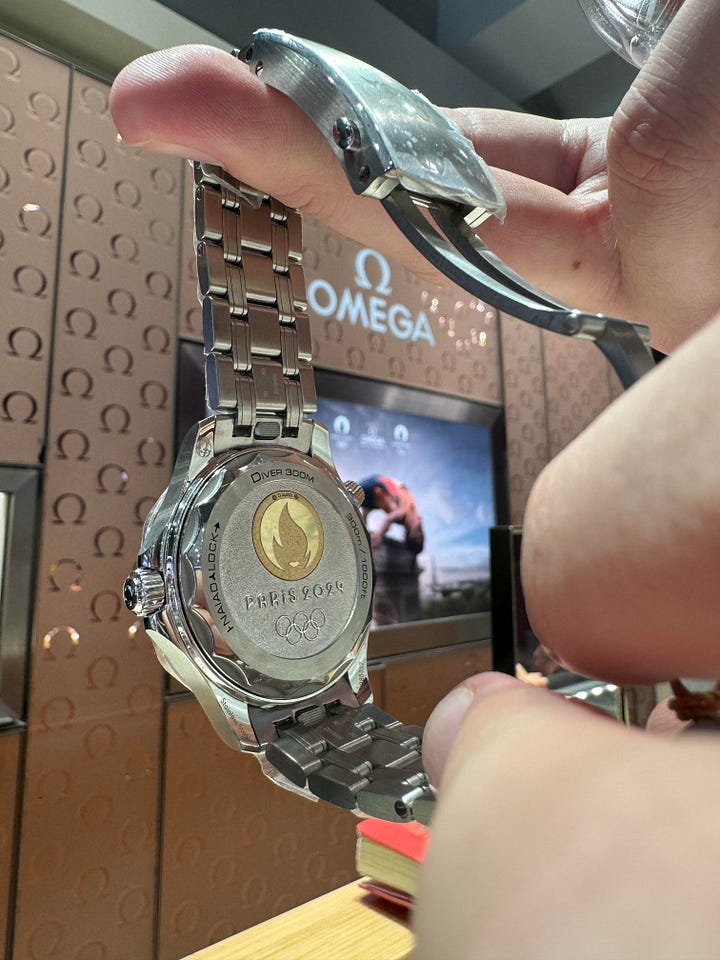
Longines served as the official Olympics timekeeper in 1952 and shared the role with Omega in 1968 and with Junghans in 1972. (Longines was also supposed to be the official timekeeper in 1940, but the Games were canceled that year.) Every other year there has been an official timekeeper, it has either been Omega or Omega and Longines’ parent company the Swatch Group and its predecessor Swiss Timing.
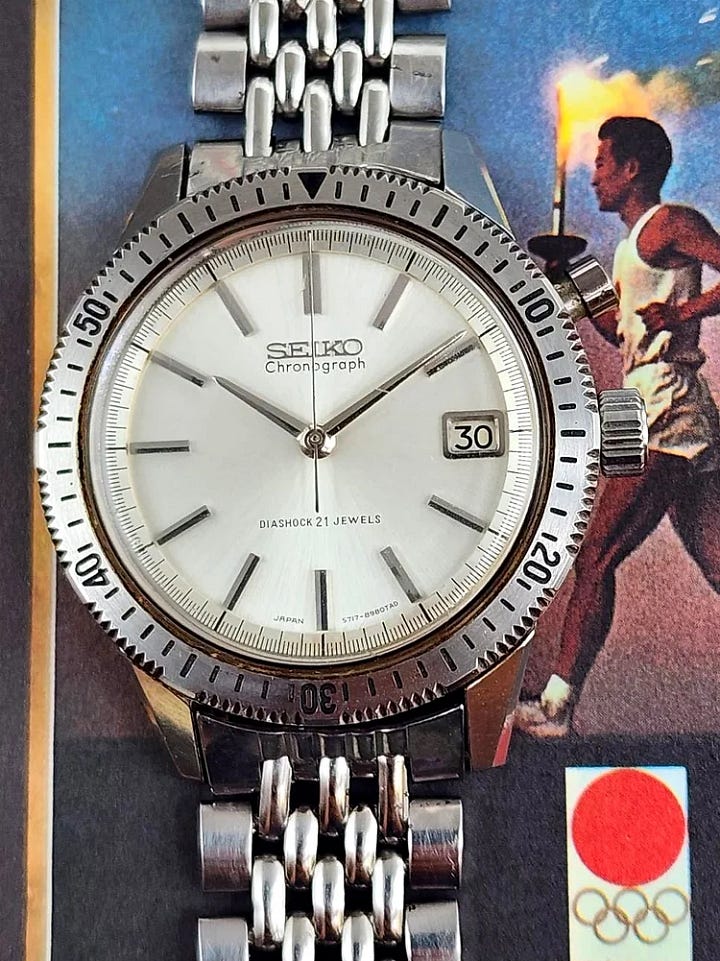
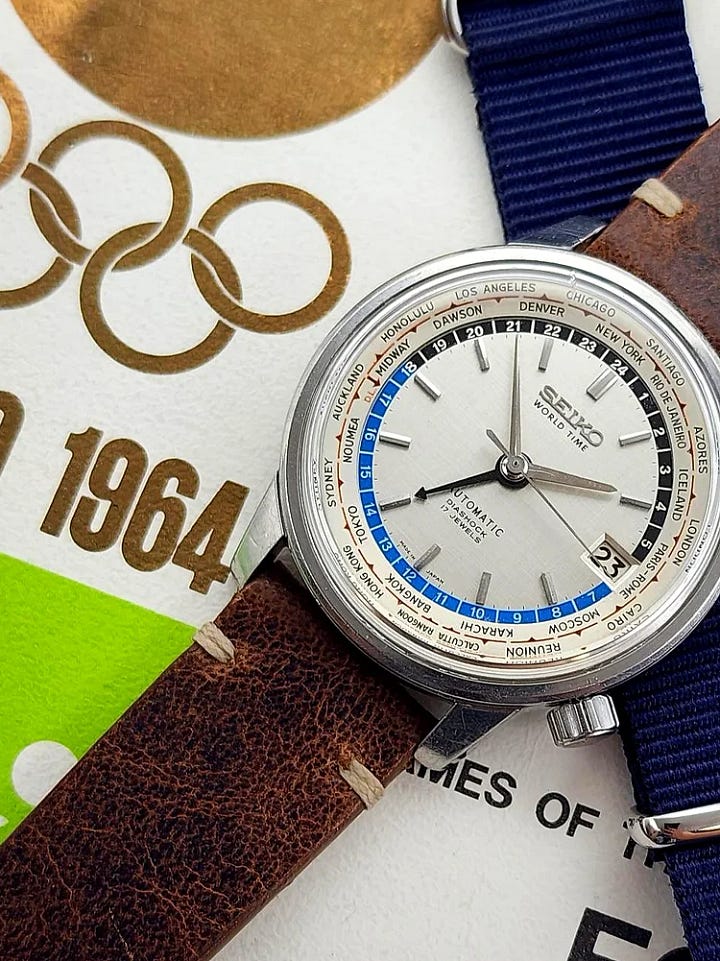
Other watchmakers have also been unofficial Olympic timekeepers: Heuer timed some events in three iterations of the Games in 1920, 1924, and 1928, and Longines’ watches were used at the first modern Olympics in 1896. And yet in the 128 years to follow, Rolex, arguably the most famous watch brand in the world, never served as a timekeeper. Despite the lack of a formal relationship between the Olympic Games and Rolex, the brand still produced a small number of official Olympic watches in the 1980s and 1990s.
The watches were only made for members of the International Olympic Committee, and look just like a normal steel-and-gold Datejust with a fluted bezel and a jubilee bracelet, with one important distinction: the Olympic rings are featured above the six o’clock where regular models say “Superlative Chronometer Officially Certified.”
That small aesthetic difference means that the 36mm model made for men has fetched over $20,000 at auctions, about three times the price of a regular model Datejust from the era. The women’s Olympics Datejust is 32mm and, while pricey, has sold at auction for a comparably cheaper $5,000. The model photographed was for sale at a price of $9,000.
It’s not clear how many of these watches were made, but very few have ever come up for public sale. It appears that Rolex produced the final IOC Datejusts in 1996, the centennial of the modern Olympic Games.
The Olympics reminds us that while watches may be beautiful, they’re also tools. As athletes push the limits of human performance, breaking records with photo finishes that tests the limits of technology, accurate and reliable timekeepers are important to the Olympic Games now more than ever.
Tangential postscript:
Cartier has also never been an Olympic timekeeper, but did produce its own unofficial Olympic watch in 2004. The limited edition versions of the Cartier Roadster don’t use any official Olympic logos or references to the 2004 Athens Olympics. With the “2004” on the dial and Greek flag on the caseback, the watches just hint at what they’re commemorating.
